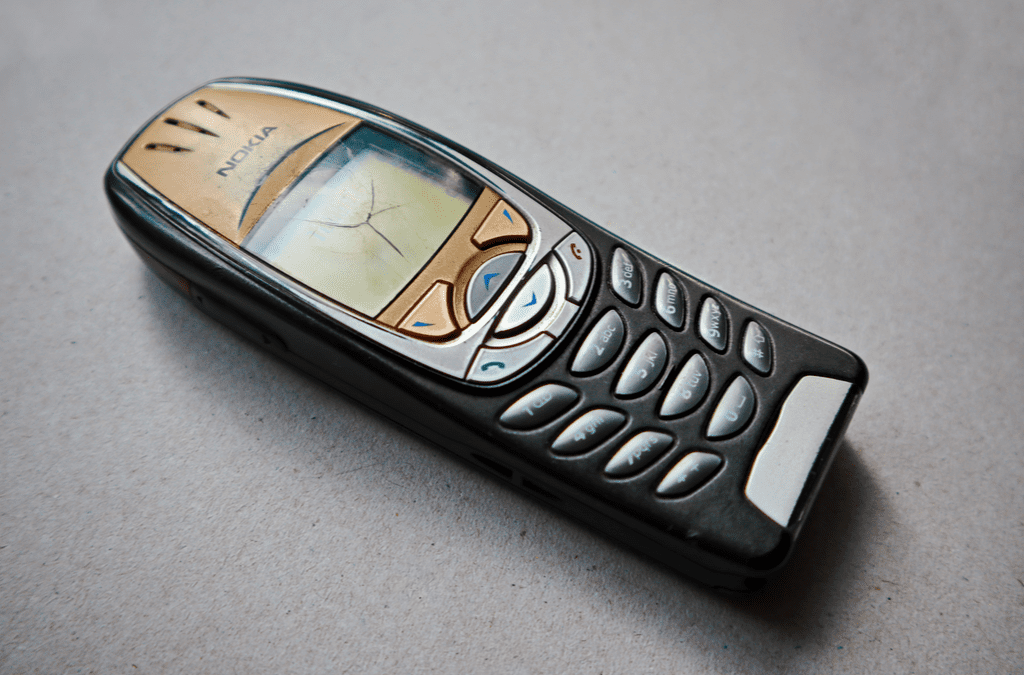Rob Simcock, commercial director of legal software firm Kutana looks at how technology is transforming our lives and working practices.
We’ve all seen how technology can transform what we do, and how we do it. From shopping, to listening to music, to monitoring our exercise regimes, tech has had, and continues to have, a transformational impact.
Some have claimed that the legal sector has yet to see the kind of disruption and innovation that others like banking and accountancy have. In their book ‘The future of the professions’ published this year, authors Richard and Daniel Susskind go so far as to claim that law firms’ working practices “have not changed much since the time of Charles Dickens”.
Now that’s an extreme view, but it does beg the questions: ‘how fit is your business for the 21st Century?’ and ‘are you empowering you workforce with the right tools?’
For any business an effective IT solution is an essential tool for productivity and cost efficiency. Many firms allocate large budgets to internal IT departments to ensure systems run smoothly, but are they getting bang for their buck?
Some new entrants to the legal market like Fairpoint Group – which in the last three years has acquired prominent consumer legal firms including Simpson Millar and Colemans – have driven the innovation agenda by bringing process to professional service.
It’s no coincidence that Fairpoint’s chief executive Chris Moat was at Direct Line when it started to shake-up the insurance sector, and much of what he’s done with Fairpoint’s legal services arm has been around offering a fixed cost service to customers underpinned by an highly efficient, paperless working environment supported by extensive use of IT and workflow management tools.
While Fairpoint has focused on the process of undertaking volume work in consumer law, such a tactic won’t necessarily be applicable to commercial firms dealing with bespoke or complex matters.
There has to be other ways of optimising efficiency.
One way could be to look at operational functions such as print.
Historically, legal firms have been huge users of paper – by their nature even some of the most basic contracts can be very word-heavy. Therefore having a good print management system in place is essential, particularly if you’re a firm handling large volumes of paperwork.
Printing is one of the most basic but overlooked processes for legal businesses. Without an effective management system in place it can be one of the most costly and inefficient processes.
Simple procedures like emailing a client a bill on the correct stationery can quickly become costly and time consuming if electronic stationery is not integrated into IT systems.
It means users have to send the bill to print, scan it back into the system and send it to the client in an email. This not only takes time, and can lead to other problems in the process, but it costs money.
Properly implemented the right print management software can save organisations significant time and money.
Law firm leaders should constantly have plans in place to make print management as cost effective as possible.
Due to time pressures sadly, some IT departments frequently overlook processes and developments that could make their firms more efficient. They fall into a mind-set that something is done a certain way, just because that is how it has always been done, and don’t look for a better solution.
Firms that allow such complacency to reign supreme risk being overtaken by forward thinking rivals who understand the importance of streamlining simple processes to make them more time efficient and cost effective.
At Kutana we are passionate about productivity and are on mission to understand ‘pain points’ for law firms. We’ve used our experience to develop cost saving software, called Kappris, that makes processes and print management as effective as possible. It’s one that has been adopted by firms such as DWF, Taylor Wessing and BLM, so if you want to find out more, please contact us or call 0330 202 0971.


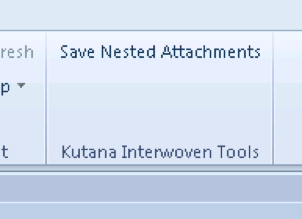

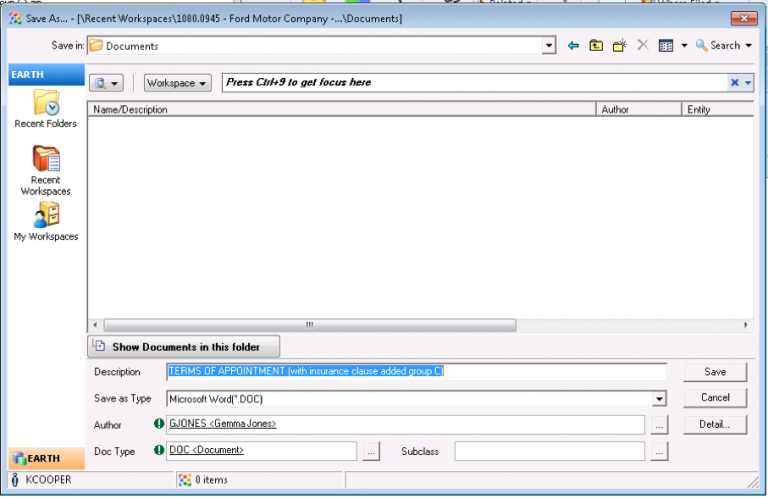
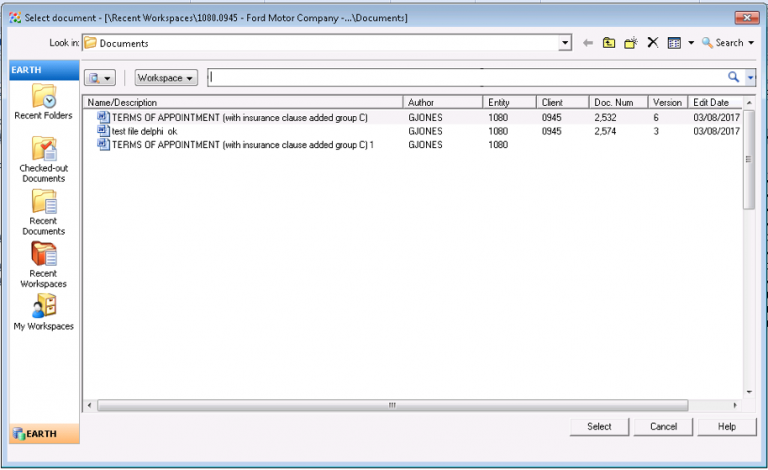
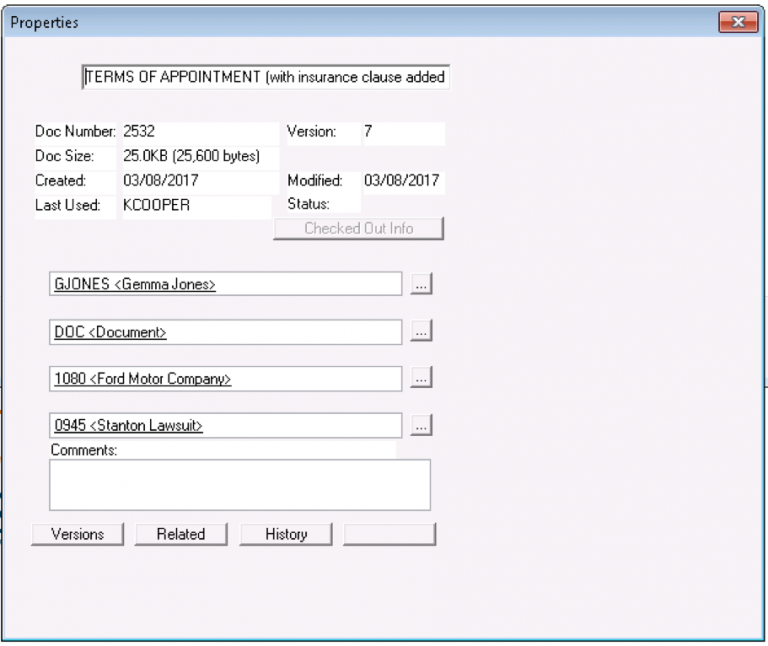


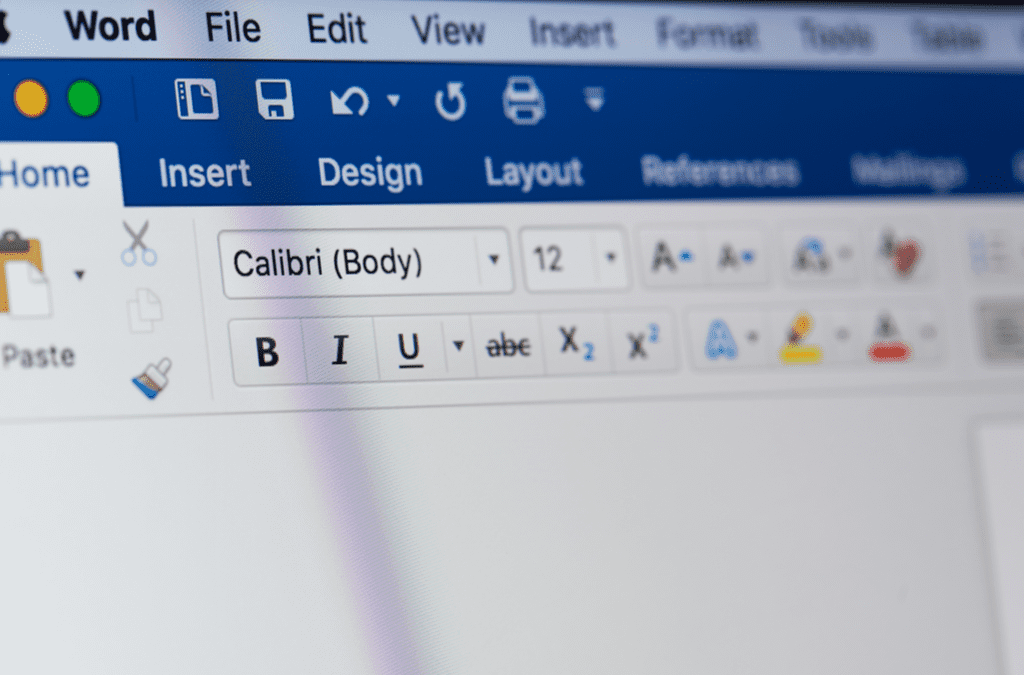
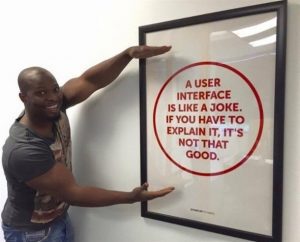 This picture is seen around social media regularly and here at Kutana we understand the joke intended. However, most people I know have never had a formal education in computing and do not know what a graphical user interface is, let alone it’s TLA (three letter acronym) GUI (pronounced goo-ey).
This picture is seen around social media regularly and here at Kutana we understand the joke intended. However, most people I know have never had a formal education in computing and do not know what a graphical user interface is, let alone it’s TLA (three letter acronym) GUI (pronounced goo-ey).